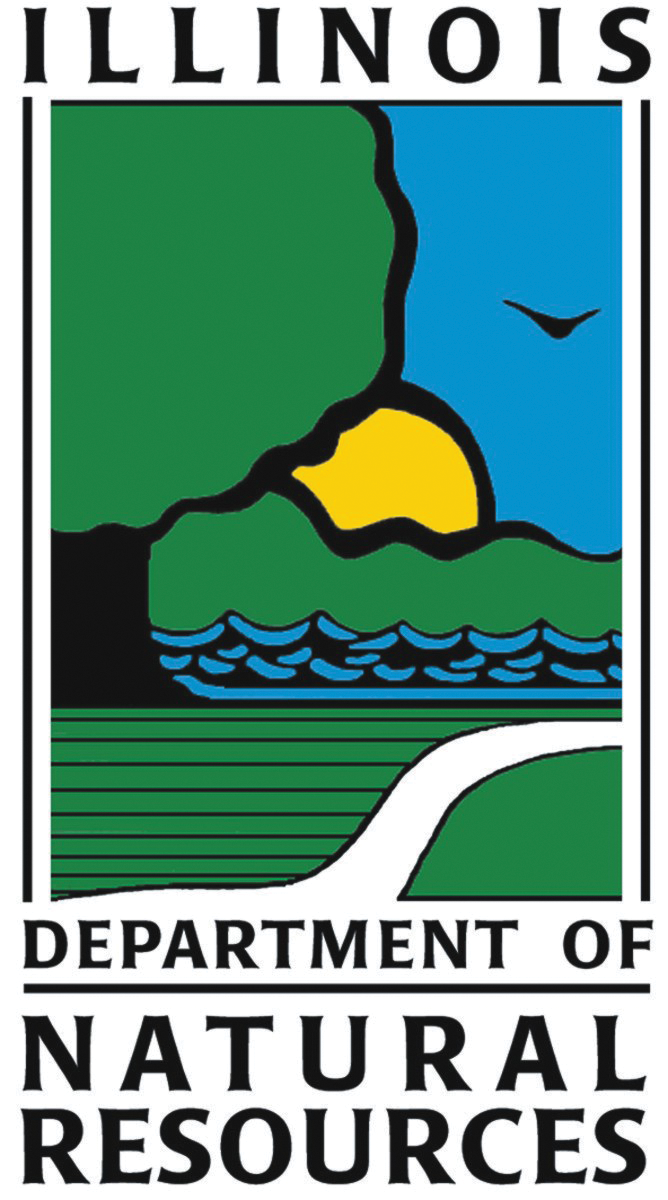
Natural vegetation helps protect streambanks against erosion. In places where streambanks have been degraded, restoration of the plant community, soil bioengineering, and the use of structural systems can help maintain the streambank and improve water quality.
The Streambank and Shoreline Protection Manual in the Fact Sheets section discusses the two categories of streambank protection—those that work by reducing the force of water against a streambank and those that increase their resistance to erosive forces. The Fact Sheets also provide detailed information and diagrams for a variety of techniques that can be used to prevent and reduce erosion.
Riparian areas are lands that occur along rivers, streams, and other water bodies. A classic example is a river and a flood plain forest. The plants in riparian areas have evolved to live in continuous or periodic wet conditions. Riparian zones also serve as important travel corridors for wildlife.
Riparian areas are regularly changed by natural events such as flooding. Changes made by people tend to have longer-term, adverse effects on riparian areas, with construction of dams and levees and stream channelization generally causing the most adverse impacts as these changes alter the movement and storage of water that is vital to the riparian system.
The most common human-caused disturbances to riparian areas involve clearing vegetation to convert the area to other uses such as cropland, pasture, or development. These practices destroy natural plant diversity, allow invasive species to get a foothold, compact and erode the soil, and displace wildlife.
Conserving and restoring riparian areas will offer the best wildlife habitat and reduce erosion. In areas that must be developed for agriculture or urban use, the use of conservation buffers—small areas or strips of grass or trees, designed to intercept pollutants, and help control erosion—can help reduce the impact to wildlife.






